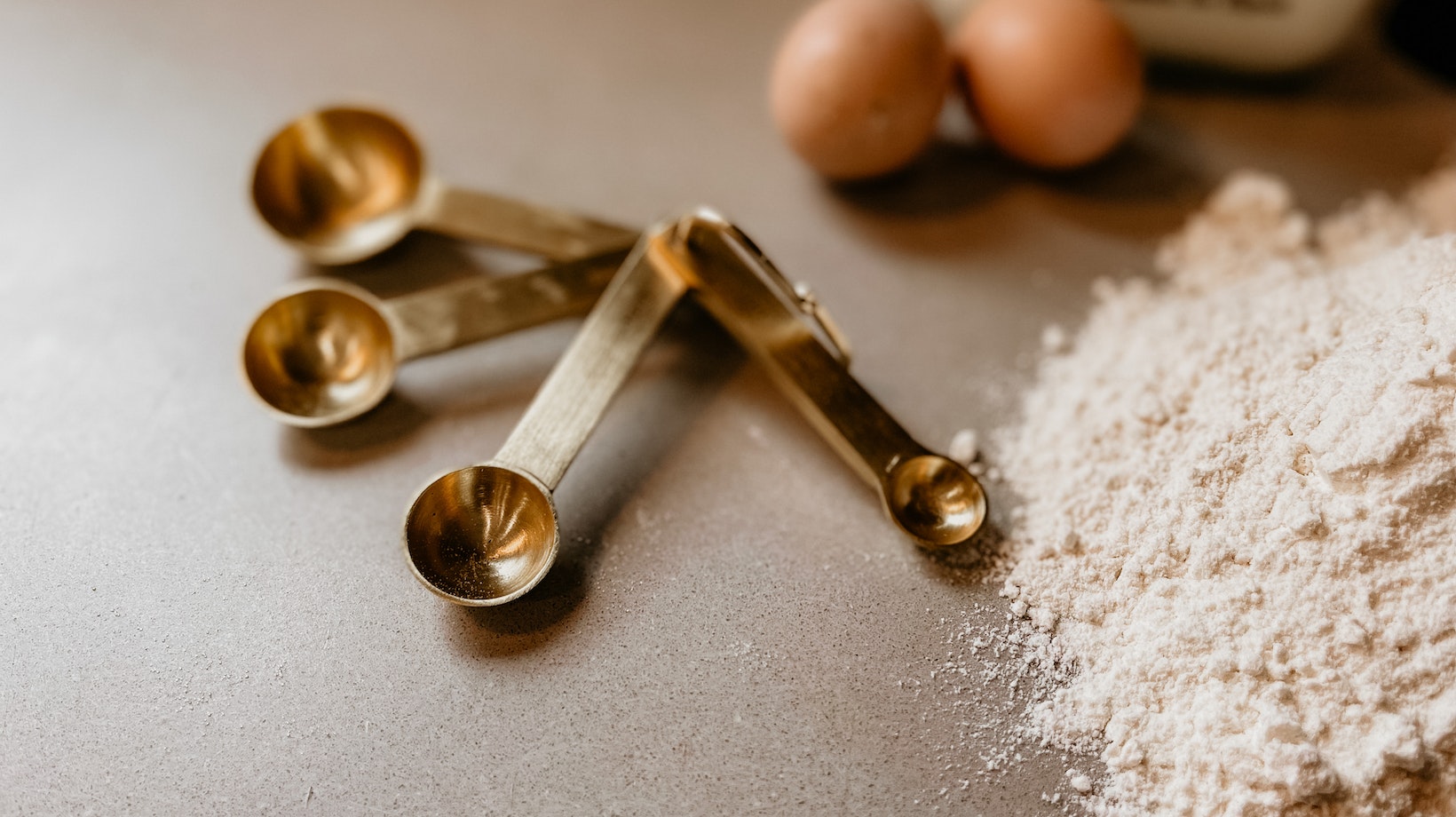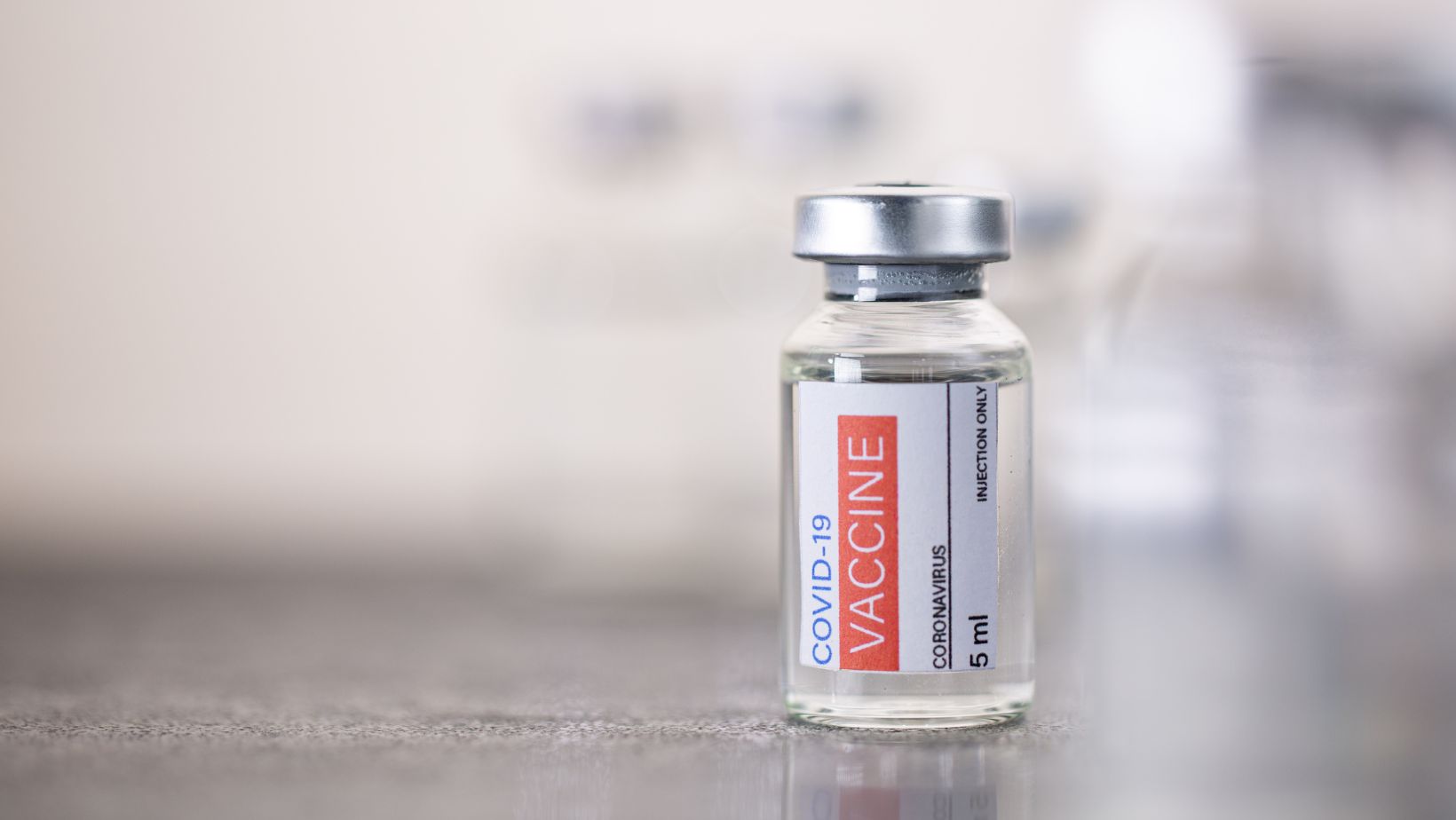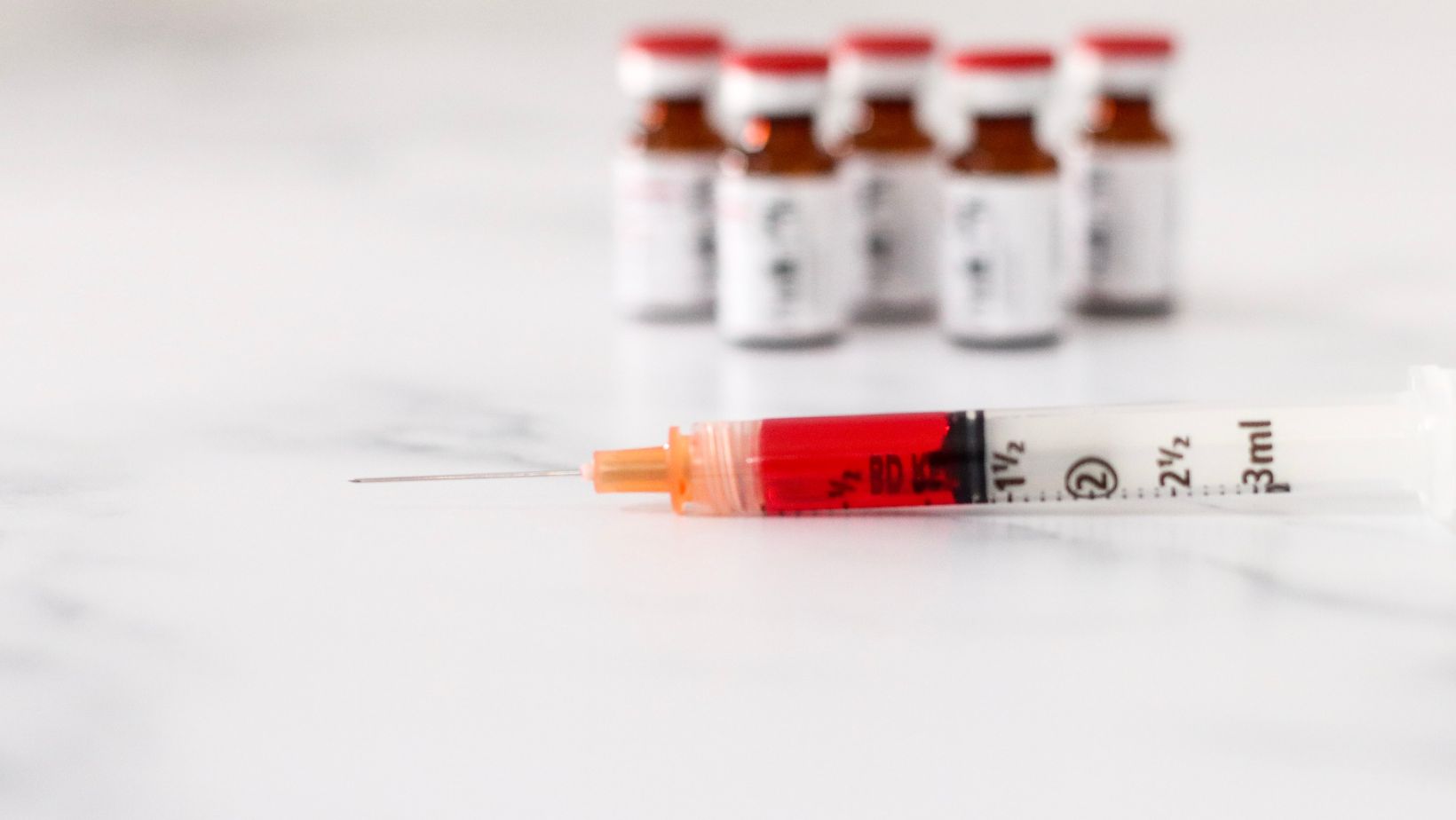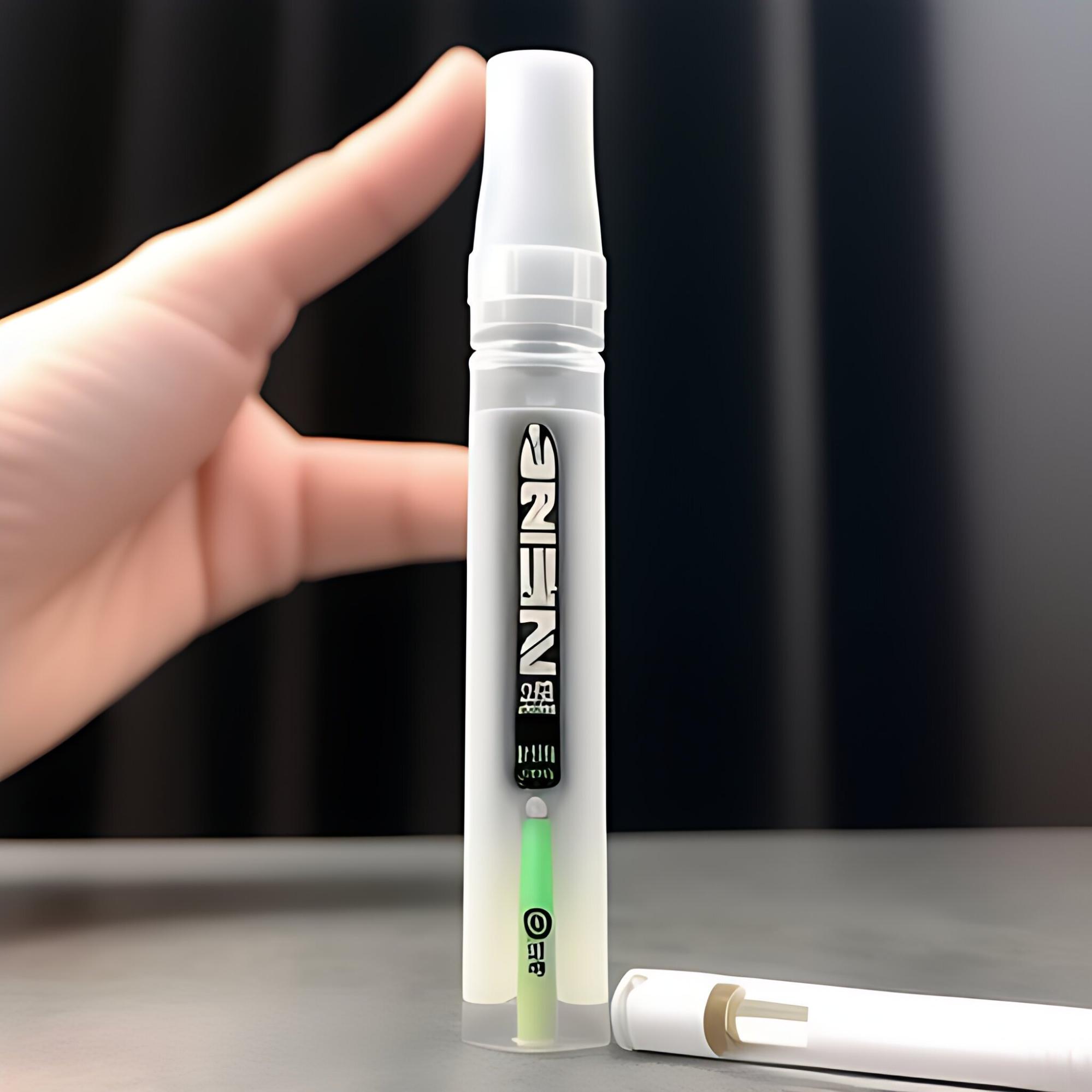How Many ul Are in a ml: A Simple Conversion Guide

If you’ve ever wondered how many ul (microliters) are in a ml (milliliter), we’ll provide the answer right here. One milliliter is equal to 1,000 microliters. This conversion between ul and ml is based on the metric system, which is widely used for measuring liquids in various industries such as medicine, chemistry, and biology.
Understanding this conversion can be particularly useful when dealing with small volumes of liquid. For example, if you have a medication dosage prescribed in microliters but need to measure it using a standard syringe or pipette that measures in milliliters, knowing the conversion rate ensures accurate administration.
Whether you’re a student studying science or someone working in a field where precise measurements are crucial, having a grasp on the relationship between microliters and milliliters will undoubtedly prove beneficial. By recognizing that there are 1,000 microliters in one milliliter, you’ll be equipped with the knowledge necessary for accurate measurements and calculations in your respective field.
Understanding the Conversion: ul to ml
When it comes to liquid measurements, understanding the conversion between microliters (UL) and milliliters (ML) is essential. Microliters and milliliters are both units used to measure small volumes of liquids, but they differ in magnitude.
To convert microliters to milliliters, you need to remember that there are 1,000 microliters in one milliliter. This means that if you have a certain number of microliters, you can divide that value by 1,000 to obtain the equivalent amount in milliliters. For example:
- 5000 UL = 5000 / 1000 = 5 ML
- 25000 UL = 25000 / 1000 = 25 ML
Understanding this conversion allows for accurate measurement and ensures consistency when working with different volume units.

Understanding the Relationship Between ul and ml
Microliters and milliliters are part of the metric system’s hierarchy of volume measurements. The relationship between these two units is based on their position within this hierarchy.
In simple terms, a microliter is a smaller unit compared to a milliliter. Just as there are smaller increments within larger units like centimeters within meters or grams within kilograms, microliters serve as a more precise measurement than milliliters.
This relationship becomes particularly important when dealing with scientific experiments or medical procedures where precision is crucial. Being able to accurately convert between these units ensures accuracy in dosage calculations or sample preparation.
How Many ul are in a ml
When it comes to understanding the relationship between ul and ml, it’s important to grasp the basic measurement units involved. Ul stands for microliter, while ml represents milliliter. These two units are commonly used in scientific and medical fields to measure small volumes of liquid substances.
To convert ul to ml, we can utilize a simple conversion formula: 1 milliliter (ml) is equal to 1000 microliters (ul). This means that if you have a certain volume expressed in ul, you can divide it by 1000 to obtain the corresponding value in ml.
For example:
- If you have 5000 ul of a solution, dividing this value by 1000 will give you 5 ml.
- Conversely, if you have 2 ml of liquid and want to express it in ul, multiplying this value by 1000 will yield 2000 ul.
Understanding this conversion formula is crucial when working with small volumes and needing to express them accurately using the appropriate unit.It’s worth noting that both ul and ml are subunits of the liter (L), which is the standard unit for measuring volume. While liters are typically used for larger quantities, these smaller units allow for precise measurements in contexts where accuracy is paramount.
In conclusion, understanding how many ul are in an ml involves recognizing the basic measurement units and utilizing a simple conversion formula. By keeping these concepts in mind, researchers and professionals can navigate their work with confidence when dealing with small volumes of liquids.




